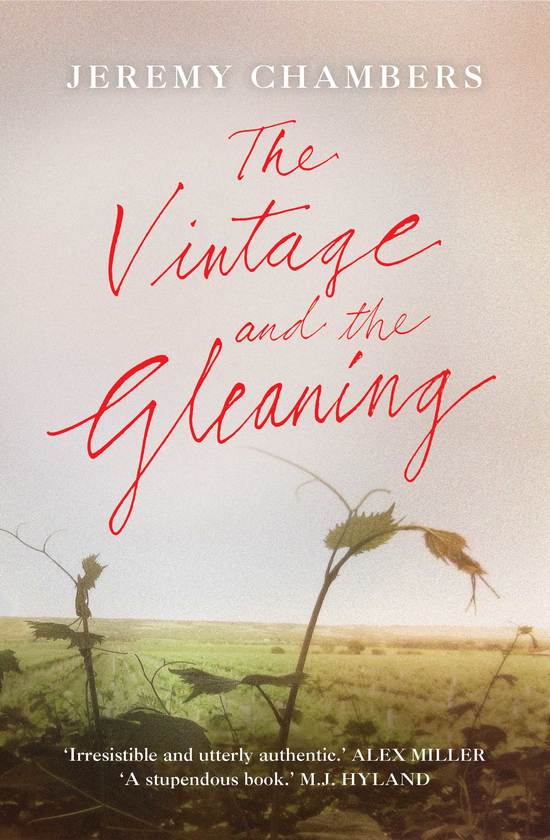This review contains spoilers
Salt Creek Lucy Treloar 4*
Women dying far too young, either in childbirth or worn out from having too many children, is regularly visited in stories set anytime before reliable birth control was put in to women’s hands. Even in the 1950s, especially in Catholic families, women’s health suffered through having more children than their bodies could cope with.
So it is a familiar scenario in Salt Creek, when Mrs Finch dies giving birth to her tenth (I think this is correct) child. As so often happened, the eldest girl, fifteen year old Hester, takes over the domestic chores and plays the role of ‘mother’ or should that be housekeeper.
One of Treloar’s telling moments is the father’s comment that Adelaide, the younger sister, has run wild without her mother’s guidance. We wouldn't necessarily recognise this attitude today as men take a much greater role in their children’s development. But in the past, even recent past, orphanages were filled with motherless children because their father would not or could not, look after them. I can recall at school a girl ‘turning bad’ because her mother had died and some children were not allowed to play with her because she was now less respectable. This is despicable, but such were social mores. Society may have changed, as has the role of father, but it is still sad to hear of children without the close emotional involvement of their parents.
I had a few reservations about Treloar’s depiction of the Finch patriarch. He is a very negative character and gradually turns into a hypocritical monster. Although this was probably done by the author to develop the story, this depiction seems unbalanced. In the 1850s when the novel is set, expectations of men were extremely demanding in an unknown world. They had to provide for their many children and be a protector. They had to be physically and mentally strong, and hid their own insecurities by being aloof. Emotional guidance was the mother’s role so many men, faced with bringing up children alone, did not know what to do. It is still fairly recent that men have been expected to do ‘women’s work’ such as child care and domestic chores. Men were and possibly still are, ill equiped to deal with a girl’s sexuality.
Men’s or boys sexuality was often seen as animalistic with an inability or desire to restrain themselves, for the preservation of their wife’s health. In Salt Creek, the Finch sons and their father consort with aboriginal women without conscience yet for the daughters, sexual risk-taking has profound consequences. I guess this is the heart of the story. In the 1850s, options were limited and society was judgemental. Women had little control over their own lives.
 |
| Robe Streetscape |
I didn’t enjoy the opening scenes of the story and was about to discard the book when I found myself involved and interested. Once I reached the conclusion, I reread the first pages and found them more accessible. The historical detail provides a solid background and the story of the Chinese who went to the gold fields via the Coorong and Robe is well, if slightly, woven in. I have read some criticism that the history is not fully accurate, but I didn’t notice any glaring errors.
The Coorong is a beautiful, wild setting, well described by Treloar without overdoing the description or allowing the setting to take over from the action.
Salt Creek is well plotted, romantic despite the tragedies and well written. I didn't give it five stars because it was not multi layered, but told on one level. I still enjoyed it and recommend it to those who like a good story.
The Chinese, unpopular in Victoria and NSW found a route to the gold fields via the Coorong and Robe. Robe still has many historical buildings and a Chinese presence.

 |
| Old Customs House Robe 1863 |






















